How Are Companies Using Device Policies to Thwart Cyber Threats?
Duo's Security Blog
JANUARY 14, 2021
Companies used to rely solely on corporate networks, MDM (mobile device management) and VPNs blocking unrecognized devices as key cybersecurity protection measures. Policy controls can set multiple parameters for access like location, device type, device health, biometrics and more.




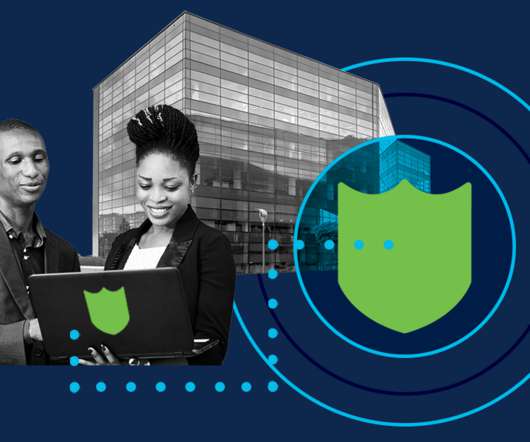
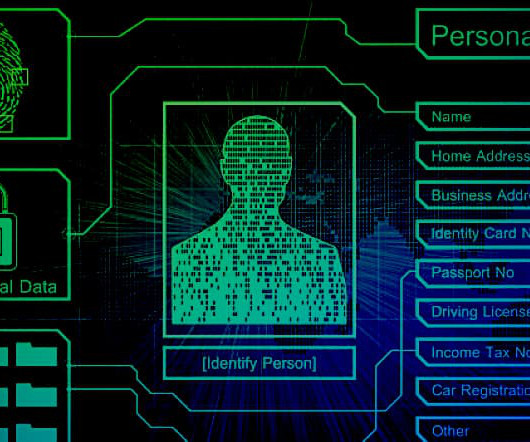

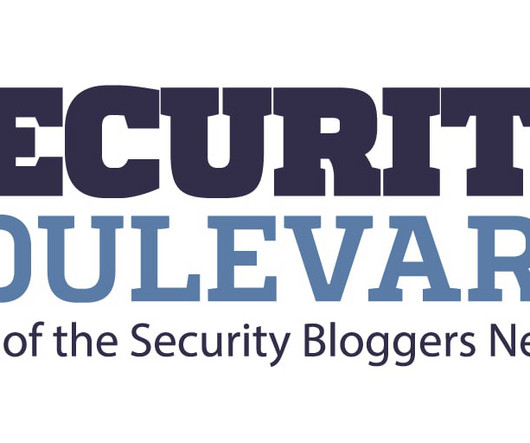
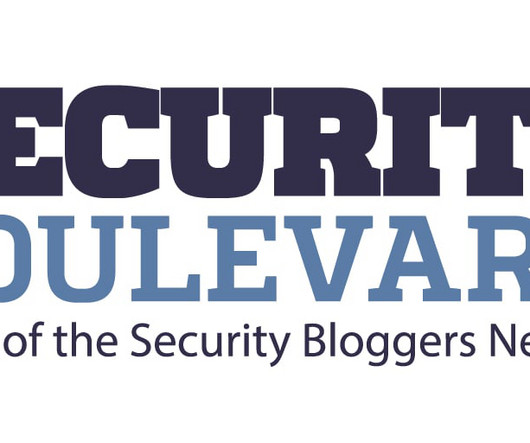
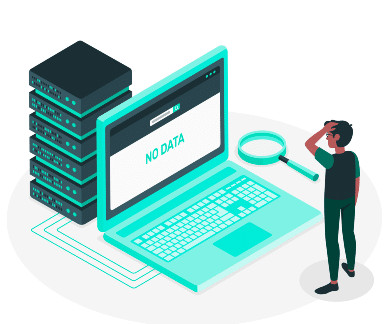








Let's personalize your content